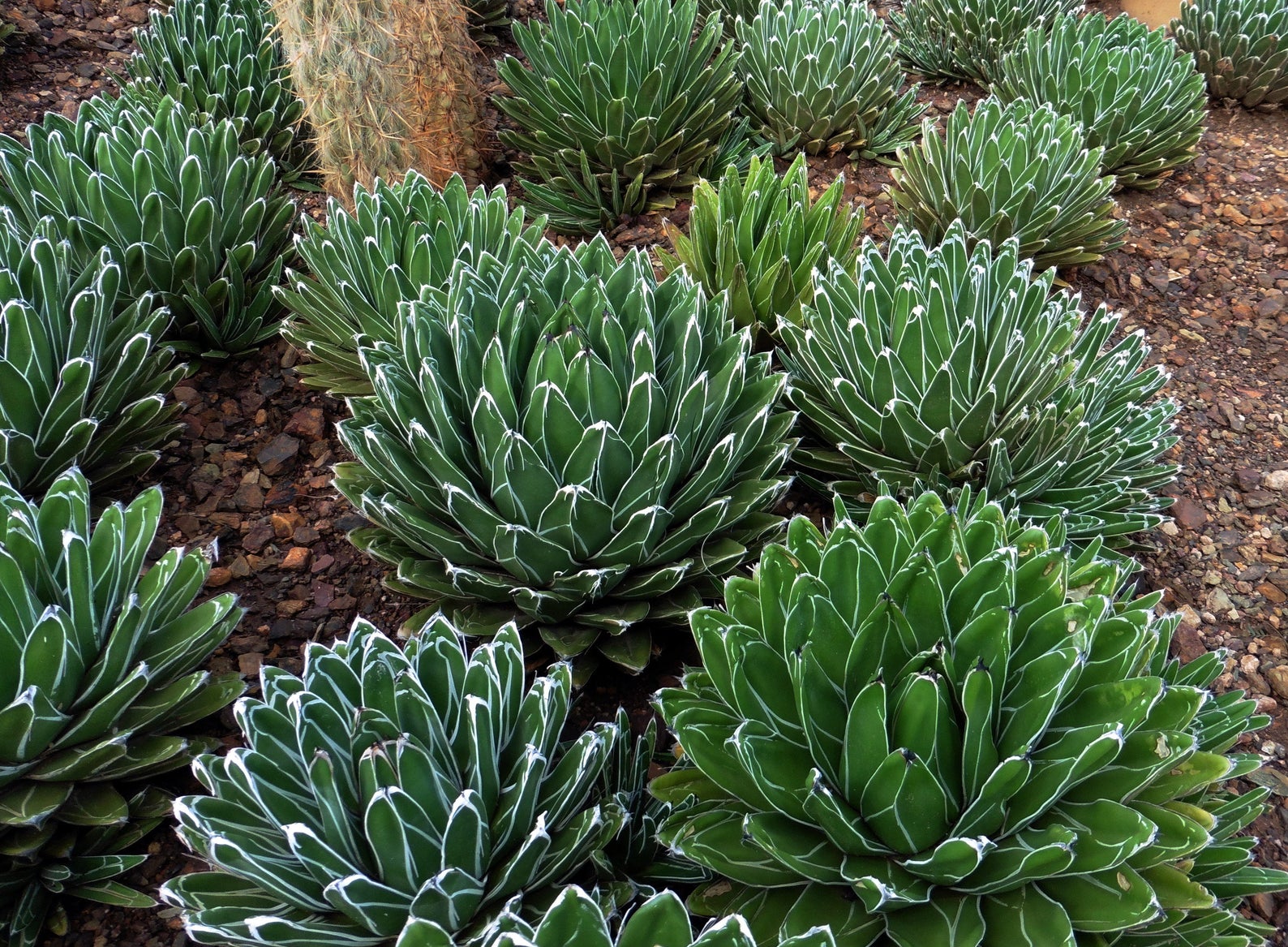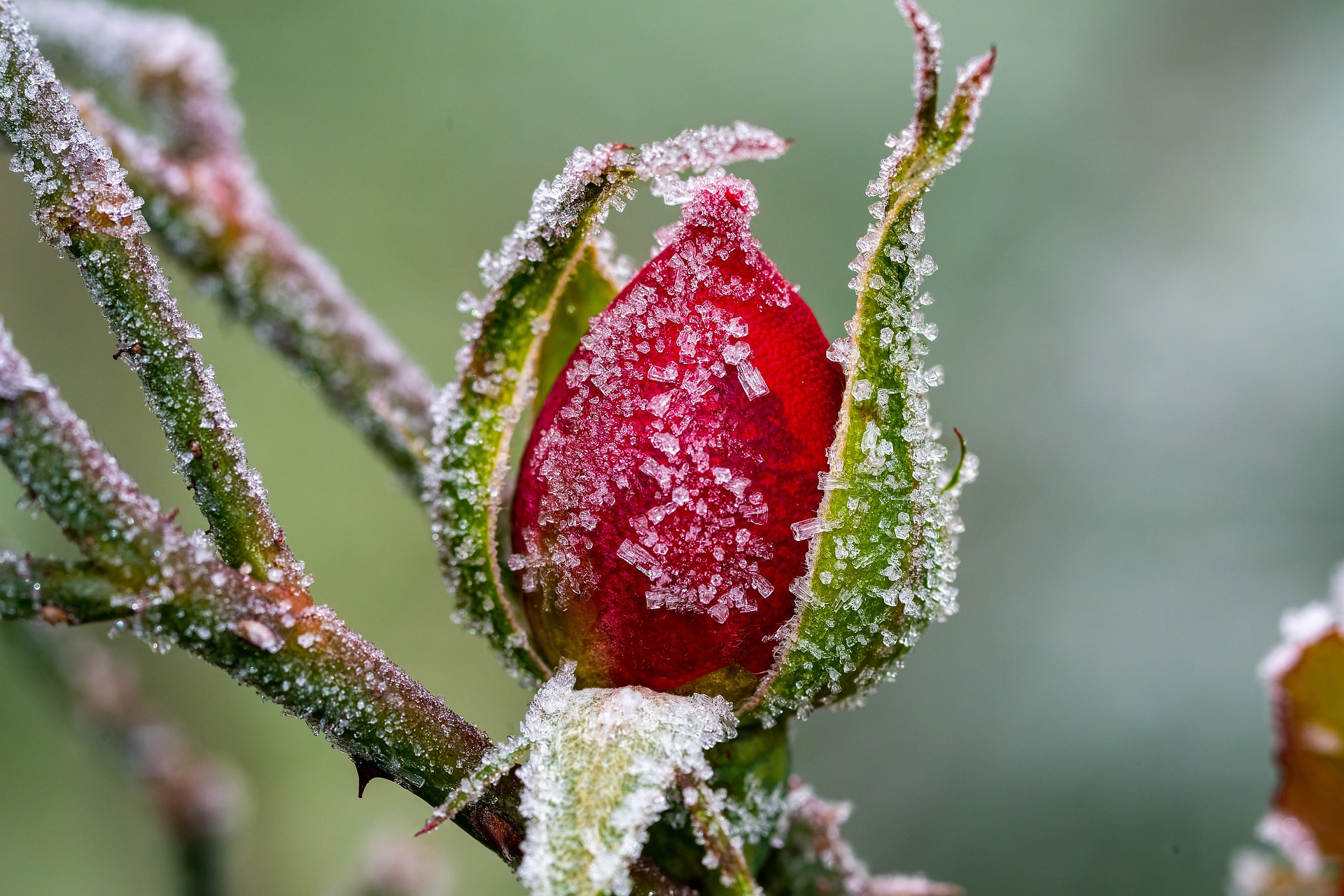Embarking on the fascinating world of cold hardy fruit plants, we delve into their remarkable ability to withstand freezing temperatures, exploring the mechanisms that enable them to flourish in harsh winter conditions.
From the intricate interplay of plant physiology to the genetic and environmental factors that influence their resilience, we uncover the secrets behind their cold hardiness, empowering you to cultivate a thriving fruit garden even in challenging climates.
Plant Selection and Cultivation: Cold Hardy Fruit Plants

When selecting cold hardy fruit plants, it’s crucial to consider your specific climate and growing conditions. Different plants have varying degrees of cold tolerance, and some may require additional protection in extreme temperatures. Let’s explore some popular cold hardy fruit plants and their cultivation requirements:
List of Cold Hardy Fruit Plants
Here’s a comprehensive list of cold hardy fruit plants suitable for various climates:
- Apples: Hardy to USDA zones 3-8, require well-drained soil, full sun, and regular watering.
- Pears: Hardy to USDA zones 4-8, prefer moist, well-drained soil, full sun, and regular watering.
- Cherries: Hardy to USDA zones 4-7, require well-drained soil, full sun, and moderate watering.
- Peaches: Hardy to USDA zones 5-8, need well-drained soil, full sun, and regular watering.
- Plums: Hardy to USDA zones 4-8, tolerate various soil types, require full sun, and moderate watering.
- Grapes: Hardy to USDA zones 5-9, prefer well-drained soil, full sun, and regular watering.
- Blueberries: Hardy to USDA zones 3-8, require acidic, well-drained soil, full sun to partial shade, and regular watering.
- Strawberries: Hardy to USDA zones 4-8, prefer well-drained soil, full sun, and regular watering.
- Raspberries: Hardy to USDA zones 4-8, need well-drained soil, full sun to partial shade, and regular watering.
- Blackberries: Hardy to USDA zones 5-9, tolerate various soil types, require full sun to partial shade, and regular watering.
Cultivation Requirements
To ensure successful cultivation of cold hardy fruit plants, it’s essential to provide optimal conditions for their growth and fruit production. Here are some general guidelines:
- Soil Type: Most fruit plants prefer well-drained soil that is rich in organic matter. Amend the soil with compost or manure to improve fertility and drainage.
- Watering Needs: Fruit plants typically require regular watering, especially during hot and dry weather. Water deeply and less frequently to encourage deep root growth.
- Sunlight Exposure: Most fruit plants require full sun to produce the best fruit. However, some plants, such as blueberries and raspberries, can tolerate partial shade.
- Planting and Transplanting: Plant bare-root fruit trees in early spring or fall. Dig a hole twice the width of the root ball and just as deep. Set the tree in the hole and backfill with soil, tamping down firmly. Water deeply after planting.
Cold Hardiness and Adaptation

Cold hardiness is a crucial adaptation that allows fruit plants to survive and thrive in regions with freezing temperatures. This remarkable ability is a result of complex physiological and genetic mechanisms that enable these plants to withstand sub-zero conditions.
One key aspect of cold hardiness is dormancy. During this period, plants undergo a series of physiological changes that prepare them for the onset of winter. These changes include the accumulation of sugars and other protective compounds, which act as antifreeze agents and protect cell membranes from damage caused by ice formation.
Cold Acclimation
Cold acclimation is another important mechanism that contributes to cold hardiness. This process involves gradual exposure of plants to decreasing temperatures over a period of time. As plants acclimate to cold, they undergo physiological changes that enhance their tolerance to freezing conditions. These changes include the synthesis of cold-responsive proteins, which help stabilize cell membranes and protect against ice damage.
Ice Tolerance
Ice tolerance is a crucial aspect of cold hardiness in fruit plants. This ability allows plants to survive the formation of ice within their tissues without suffering significant damage. Ice tolerance is achieved through a combination of factors, including the production of antifreeze proteins and the formation of extracellular ice. Antifreeze proteins bind to ice crystals and prevent their growth, while extracellular ice formation draws water out of cells, reducing the risk of intracellular ice formation and damage.
Genetic and Environmental Factors
Cold hardiness is influenced by both genetic and environmental factors. Different plant species and cultivars vary in their inherent cold tolerance, and selecting plants with optimal tolerance is essential for successful cultivation in cold climates.
Environmental factors, such as temperature, light, and water availability, can also affect cold hardiness. Plants grown in colder regions tend to develop greater cold tolerance than those grown in warmer climates. Additionally, adequate sunlight and water availability can enhance cold hardiness by promoting plant growth and development.
Pest and Disease Management

Maintaining the health of cold hardy fruit plants requires effective pest and disease management practices. Understanding the life cycles and impact of common pests and diseases is crucial for implementing comprehensive control strategies.
Integrated pest management (IPM) plays a vital role in minimizing crop damage by combining biological, cultural, and chemical methods to control pests and diseases while preserving beneficial organisms.
Common Pests and Diseases, Cold hardy fruit plants
Cold hardy fruit plants are susceptible to various pests and diseases that can significantly impact their health and productivity. Some common pests include aphids, spider mites, scale insects, and borers, while prevalent diseases include powdery mildew, scab, and fruit rot.
- Aphids: Tiny, soft-bodied insects that feed on plant sap, causing stunted growth and yellowing leaves.
- Spider mites: Microscopic arachnids that spin webs on plant leaves, leading to discoloration and leaf drop.
- Scale insects: Small, armored insects that attach themselves to plant stems and leaves, causing weakened growth and reduced fruit production.
- Borers: Larvae of moths or beetles that tunnel into plant stems and trunks, damaging vascular tissues and potentially killing the plant.
- Powdery mildew: A fungal disease that forms a white powdery growth on plant leaves, reducing photosynthesis and weakening the plant.
- Scab: A fungal disease that causes raised, corky lesions on fruit, reducing its marketability and storage life.
- Fruit rot: A fungal disease that causes fruit to rot and decay, leading to significant crop losses.
Pest and Disease Management Strategies
Managing pests and diseases in cold hardy fruit plants involves a multifaceted approach that includes organic and chemical control methods. Organic methods focus on preventive measures and natural remedies, while chemical methods utilize pesticides and fungicides to directly control pests and diseases.
Organic Control Methods
- Cultural practices: Proper plant spacing, mulching, and crop rotation help create an environment less favorable to pests and diseases.
- Companion planting: Planting certain species together can deter pests or attract beneficial insects that prey on pests.
- Biological control: Introducing beneficial insects, such as ladybugs or parasitic wasps, can help control pests naturally.
- Physical barriers: Row covers and netting can physically prevent pests from reaching plants.
Chemical Control Methods
- Pesticides: Chemicals specifically designed to kill or repel pests, such as insecticides, miticides, and nematicides.
- Fungicides: Chemicals that prevent or control fungal diseases, such as powdery mildew, scab, and fruit rot.
It’s important to note that chemical control methods should be used judiciously, following label instructions carefully to minimize environmental impact and avoid resistance development in pests and diseases.
Integrated Pest Management (IPM)
IPM is a holistic approach to pest and disease management that combines multiple strategies to minimize crop damage while preserving beneficial organisms and the environment.
- Monitoring: Regularly inspecting plants for pests and diseases is crucial for early detection and timely intervention.
- Thresholds: Establishing thresholds for pest and disease populations helps determine when control measures are necessary.
- Decision-making: IPM involves making informed decisions about the most appropriate control methods based on pest and disease pressure, environmental conditions, and economic considerations.
- Evaluation: Regularly evaluating the effectiveness of IPM strategies and making adjustments as needed is essential for continuous improvement.
By implementing IPM, growers can effectively manage pests and diseases while promoting plant health, reducing environmental impact, and ensuring sustainable fruit production.

Cold hardy fruit plants are a great option for those who live in cold climates. These plants can withstand freezing temperatures and still produce fruit. One of the most popular cold hardy fruit plants is the fuzzy light green plant . This plant is known for its sweet, juicy fruit and its ability to grow in a variety of conditions.
Cold hardy fruit plants are a great way to add some fresh fruit to your diet, even in the winter months.
The resilience of cold hardy fruit plants to extreme temperatures and disease is a testament to their evolutionary adaptations. Despite their resilience, they are not immune to issues such as zz plant leaves curling . However, this issue is typically caused by environmental factors rather than pests or disease, making it a relatively minor concern compared to the challenges faced by cold hardy fruit plants in their natural habitats.
Cold hardy fruit plants, such as apples and blueberries, thrive in colder climates and produce delicious fruits. If you’re looking for a beautiful addition to your garden, consider the red climbing rose plant . This hardy plant produces clusters of vibrant red flowers and is a great way to add color and fragrance to your landscape.
Back to the topic of cold hardy fruit plants, remember to choose varieties that are suitable for your specific climate and soil conditions to ensure a successful harvest.